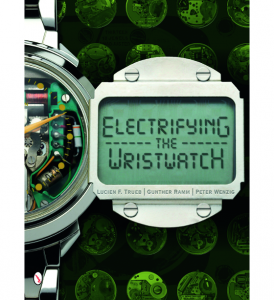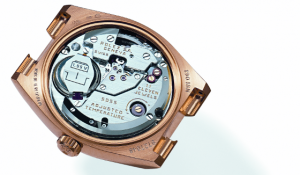How did mechanical-watch ruler Rolex Replica managed the entry of quartz in the 1970s? What takes after is an extract from the book “Energizing the Wristwatch,”by WatchTime donor Lucien Trueb. The book, delineated with photographs of pieces from watch gatherers Günther Ramm and Peter Wenzig, tells how quartz-watch innovation developed.
Top-quality mechanical developments would dependably stay costly and select because of the expansive measure of exceedingly qualified work that is required for assembling the parts and amassing them. The certain reality that a mechanical gadget can just read a clock around could be effortlessly covered up by composing “Superlative Chronometer, Officially Certified” on the dial. This implies an every day rate of in addition to six/less four seconds for each day. In due time, each watch brand in the “upscale” area replicated Heiniger’s idea. Well off individuals needn’t bother with an instrument that reads a clock: they need an excellent and selective article on their wrist.
The cases were to some degree diverse: Heiniger would not endure that a quartz fine replica watch seemed to be like a fantastic mechanical Rolex. The creation was just around 4,000 pieces a year – hardly any showcasing exertion was made to advance the Oysterquartz – beside an extremely unique advertisement demonstrating both Everest climbers Edmund Hillary and Reinhold Messner. Hillary had worn a mechanical Rolex on his climb; Messner an Oysterquartz. The content simply said: “In 1953 they required Rolex replica watches and oxygen to climb Everest. In 1978 they did it without the oxygen.” The retailers were not under any condition persuaded to offer the Oysterquartz, as the expense was altogether not exactly the mechanical Oyster and in this way implied less benefit. There are stories about potential clients who actually needed to ask for an Oysterquartz.
Rolex replica added to a few in fact propelled quartz developments that never got past the model stage. The most intriguing of them absolutely was a thermo-remunerated quartz gauge that was created in 1985. Configuration studies were made with to a great degree stable high recurrence quartz resonators with the ZT cut. The CEH created those resonators and conveyed 1,000 pieces in 1984. In 1986, Rolex constructed 50 models however there was no generation, despite the fact that the yearly rate was only a few moments. Another extremely cunning quartz gauge with a ceaseless timetable had the same destiny. It was set in an especially simple manner; it likewise highlighted a 2.4 MHz quartz resonator with ZT cut and in addition a standard 32 kHz resonator.
As the ZT quartz and its divider circuit required a ton of force, it was just exchanged on at regular intervals for 10 seconds so as to set the 32 kHz recurrence. A remarkable rate and a battery life of 10 years were accomplished with a three-volt lithium battery that deliberate 22.0 mm by 2.5 mm. The 30-mm gauge included three engines for the seconds, the minutes and hour, and the day/date capacity, separately.

